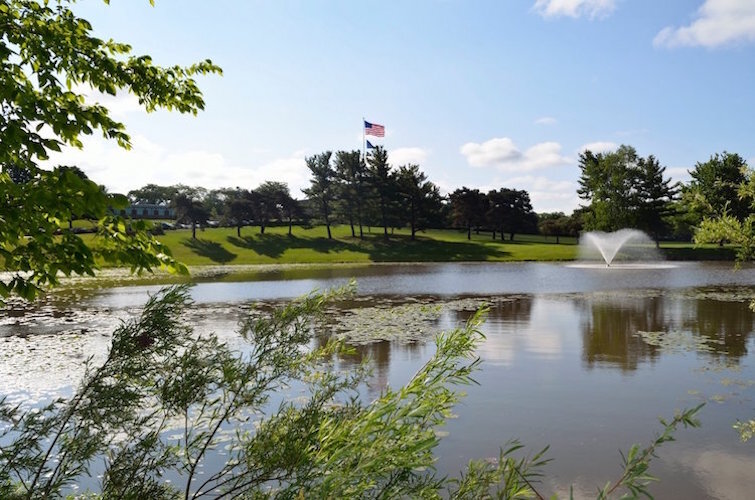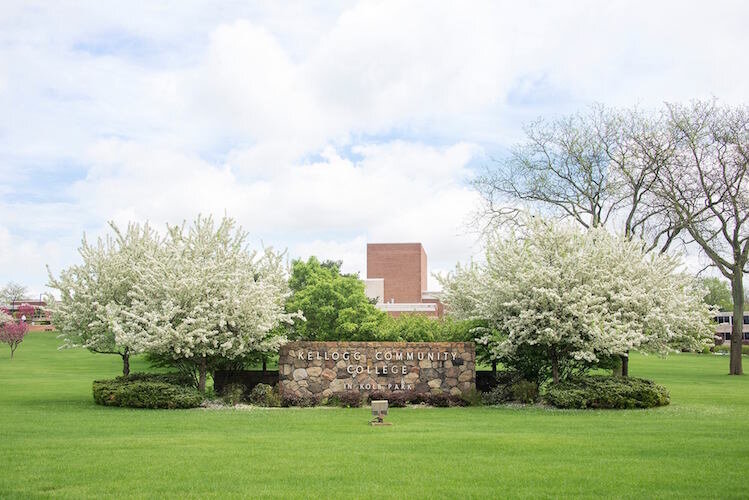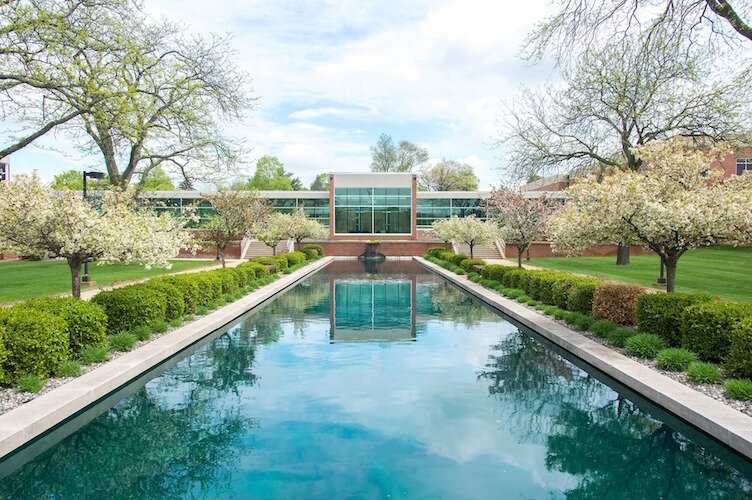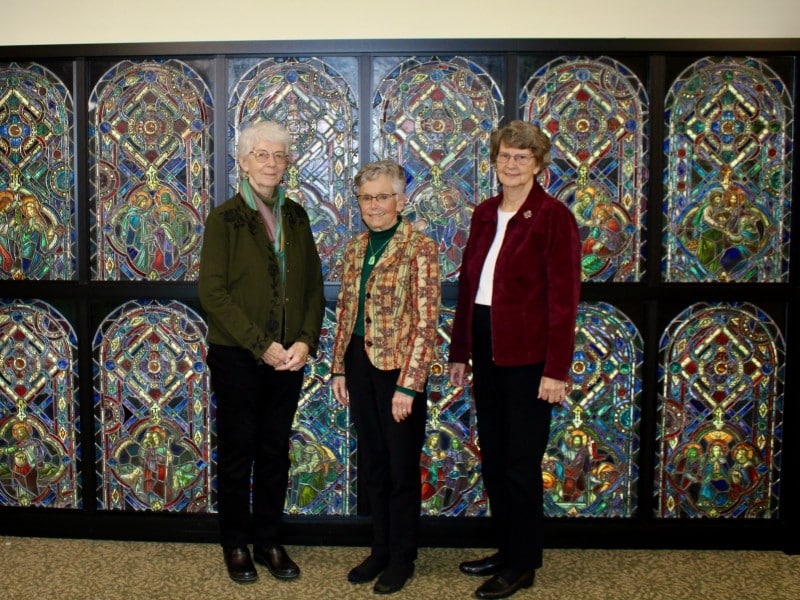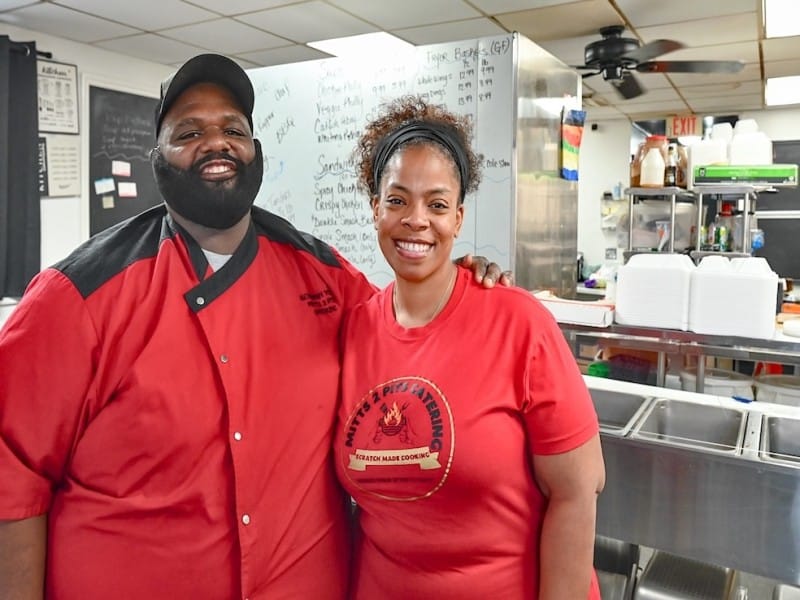Battle Creek’s Kellogg Community College gets ready to open again June 29
Kellogg Community College is thinking creatively to achieve a reopening that students and instructors are comfortable with. Reducing class sizes by 50 percent or having a face-to-face/online hybrid option are two possibilities.
Editor’s note: This story is part of Southwest Michigan Second Wave’s On the Ground Battle Creek series and our ongoing COVID-19 coverage. If you have a story of how the community is responding to the pandemic please let us know here.
The routine supply list at Kellogg Community College now includes face masks for the school which is set to re-open on June 29.
Like other schools and colleges throughout Michigan, KCC closed its campuses on March 18 to comply with state-mandated orders enacted to slow the spread of the coronavirus. At the time, KCC leadership thought that this closure would last for two to three weeks, says Eric Greene, KCC’s Chief Communications Officer.
But, as the scope and impact of the pandemic made itself felt in Calhoun County KCC officials began setting re-opening dates — five in all — that were scrapped, with the exception of the June 29 re-opening.

Following guidance established by the Calhoun County health Department, Michigan’s Department of Health and the Centers for Disease Control, Greene says, “We are figuring out what we need to do on our campuses so that when students are accessing our services they are doing it safely and in a way so there’s no spreading of virus particles to each other.
“This includes everything from face masks to plexiglass shields and how many people can ride in an elevator at one time. Much of this is in place as we speak.”
Eryn Crocker, 18, who is taking General Studies courses at KCC, says the shutdown was disruptive, but she understood why it needed to be done. She says the socialization won’t be difficult, but getting back into the groove of learning when she returns for the Fall semester will be.
“At the beginning I was a little upset about it because I wanted to finish in person and I want to finish my education,” says Crocker, who plans to transfer to Western Michigan University to major in Speech Therapy after completing her General Studies courses. “But, I’ve come to terms with it and know that it was for our safety and for the best.”
When concerns about the pandemic began three months ago, Greene says, he didn’t think that people would still be learning about how the virus travels and how it spreads in late May.
“What it’s going to look like three months from now when face-to-face classes resume is impossible to say,” he says.
Conceptually, the college plans to have classrooms designed so that students can maintain social distancing guidelines. This will include re-arranging furniture and placing desk and computer workstations in different places. It also will mean reducing the number of people allowed into these spaces.
Greene says they are trying to think creatively about how this will be best accomplished. Among the scenarios, reducing class sizes by 50 percent or having a face-to-face hybrid option where you would have a class of 24 students which meets on Mondays and Wednesdays with half of the students meeting in person and the other half doing online work with students flipping those days to get both learning experiences.
“In a college setting, with the variety of courses we offer, in some courses this may work and in others it may not,” Greene says.
Any of those courses that involve a lot of hands-on work such as welding, pipefitting, electrical engineering, nursing, dental hygiene, or the police academy require a lot of face-to-face interaction. Those were the classes most affected by the disruption of the college’s spring and summer semesters.
Using the welding program as an example, Greene says college officials and instructors don’t know if there’s a model out there where you can fully teach someone to weld without being in a classroom setting.
“There are concepts you can learn online and videos, but to actually learn how to weld, you need to be there,” he says. “As of right now, our skilled trades instruction has come to a halt.”

Those classes weren’t offered during KCC’s summer semester because of the pandemic and Greene says the school is focusing on what those classes will look like for the fall semester.
Another area of study that has been severely impacted is the Performing Arts programs that include theater and music.
“When you think about a typical rehearsal and performance, it involves large crowds coming in to watch the event. We’ve had to make extremely difficult decisions about canceling long-standing, annual performances,” Greene says. “It’s painful and nobody wants to do it especially after these students had already been pouring their hearts into it.
“At this time, the general expectation is that the classes we continue to offer in an online format we will continue to offer, but those that require face-to-face interaction, we will have to determine how we can safely do it in an environment where our students, staff, and employees are confident that they can come to work and school.”
Crocker says she has no concerns about coming back to KCC for the fall semester based on the safety protocols being put in place.
What she’s less excited about is the prospect of taking classes online. When the college shut down, Crocker was enrolled in an Algebra class and the switch to learning it online was a challenge for her.
“Math is a really hard subject for me and it was a problem for me to learn it online,” she says. “I got through the class but I feel as though it would have been better in-person because half of the time I felt like I was teaching myself as opposed to the instructor teaching me.”
Added to this was the learning curve presented by using Zoom, a platform she learned to use for the first time when online learning became the only option. She says she had a weekly Zoom call once with the instructor which “helped a little,” but there were always questions she forgot to ask during those calls.
“I was just a little harder on a Zoom call,” Crocker says.
Greene says the debate about the merits of in-person versus online learning is not new, but has been amplified because of COVID-19.
Pre-internet, he says all instruction was done face-to-face with the exception of correspondence courses. In mid-March of this year, 25 percent of KCC’s student population, or about 8,000 annually, was enrolled in online classes, with the remainder participating in face-to-face learning environments.
Greene says there was a slight disruption while the college pivoted to an all-online learning format. Those students enrolled at that time were given the opportunity to take an incomplete with up to one year to complete a class.
“Over the last five or six years the proportion of online coursework has increased every year,” Greene says. “That is because of the demand from students who want online versus face-to-face instruction and learning options. Students like it because it’s convenient.”
He says he fully understands the other side of the debate where students, like Crocker, say that it’s more difficult for them to learn something in front of a computer screen without having instant feedback from an instructor.
As the school learns how to navigate a new environment for learning, Greene says they are trying to determine with each program offered how they can move forward in a way that allows for proper social distancing and avoiding the spread of germs. He says the people most impacted are those who don’t have access to easy or reliable technology.
“Not everybody has reliable, fast internet at home and not everybody has the ability to stare at a computer screen for long periods of time,” Greene says. “To the extent that we can have, we have loaned out laptops and tried to connect students with free or reduced-cost internet access. When you bring in the socioeconomics of people, there are people who don’t have the means to run out and buy a computer and we’re trying to connect them with federal dollars available to buy a laptop.”
Throughout this period of mass upheaval, Greene says he thinks KCC has risen to the occasion by remaining flexible and focused on its missions. Unlike many businesses and organizations, he says KCC did not have to furlough or layoff any of its staff or 85 faculty because of good fiscal management by its Board of Trustees. There will be no tuition increases to maintain spending levels.
“We have campus closures and economic restrictions that may take the wind out of our sails,” he says, “but we’re still here and committed to providing a high-quality, accessible education to everyone.”

